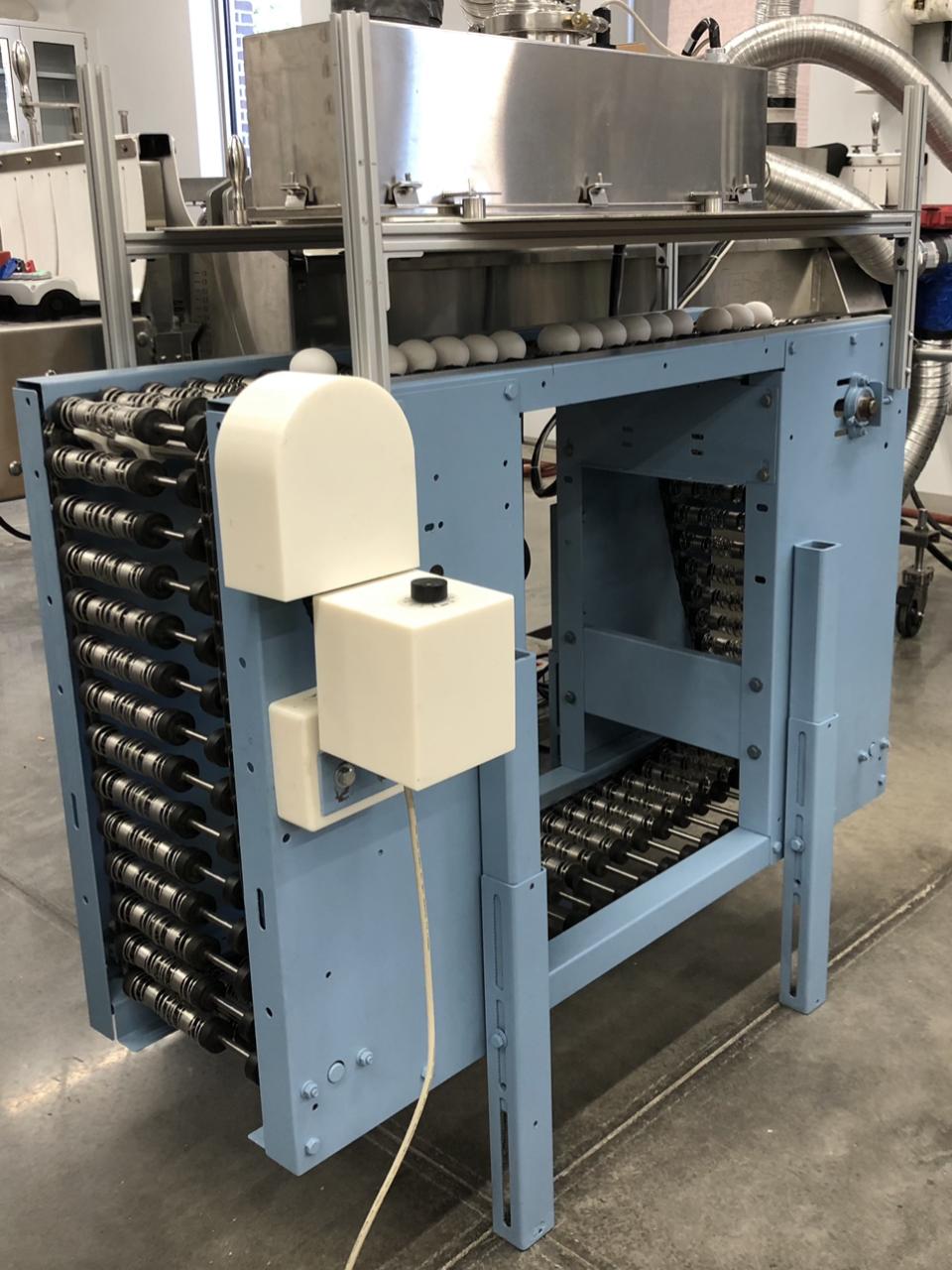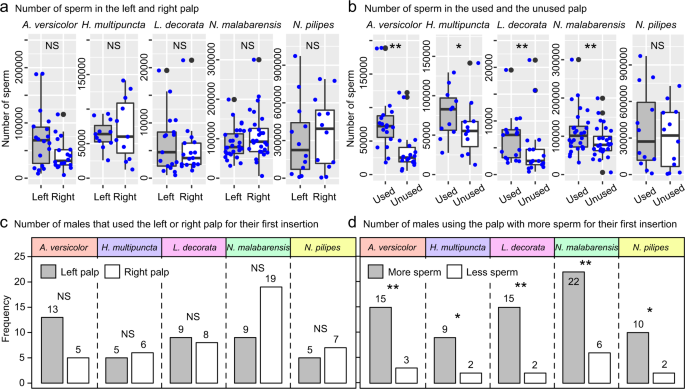大腸菌やサルモネラ菌などの病原体を不活性化する新しい食品除染法 Novel food decontamination method inactivates pathogens like E. coli and Salmonella
2022-08-16 ペンシルベニア州立大学(PennState)

In a prior experiment, the team designed a novel conveyor to test their decontamination method in an industrial setting. As the eggs rotate on their long axis along the way, the entire surface of the eggshell was exposed to pulsed ultraviolet light energy. Credit: Josh Casser/Penn State. All Rights Reserved.
パルス光技術は、食品産業で一般的に使用されている化学、熱、水ベースの抗菌技術の効果的な代替手段として有望であり、病院、水処理施設、医薬品工場などの衛生環境においてより一般的に適用できる可能性がある。
広スペクトル光の標的パルスが、大腸菌、サルモネラ菌チフス菌、リステリア菌、セレウス菌、アスペルギルスニガー芽胞、ペニシリウムロクフォルティ芽胞に殺菌反応を確立することを明らかにしました。この研究では、パルス光のスペクトルとエネルギー特性も定義され、紫外線が重要な役割を果たすことも明らかになりました。
<関連情報>
- https://www.psu.edu/news/research/story/pulsed-light-technology-effectively-kills-harmful-pathogens-new-study/
- https://www.sciencedirect.com/science/article/abs/pii/S0260877422002060
微生物不活性化のためのパルス光の特性評価 Characterization of pulsed light for microbial inactivation
Joshua R.Cassa,Edward W.Mills,Ali Demirci
Journal of Food Engineering Available online :31 May 2022
DOI:https://doi.org/10.1016/j.jfoodeng.2022.111152
Highlights
- •Pulsed light treatment susceptibility differs for Gram -, Gram +, and spores/fungi.
- •Microbial inactivation by pulsed light is predominantly attributed to UV light.
- •Visible and near-infrared radiation contribute negligibly to microbe inactivation.
- •Pulsed light treatment imparts negligible effects to Escherichia coli morphology.
Abstract
Pulsed light is an emerging technology that can serve as an alternative to current antimicrobial interventions in the food industry. The first objective of this study was to define the spectrum and energy characteristics of pulsed light. The second objective was to establish the germicidal response of Escherichia coli, Salmonella enterica subsp. enterica ser. Typhimurium, Listeria monocytogenes, Bacillus cereus (vegetative cells and endospores), Aspergillus niger spores, and Penicillium roqueforti spores were evaluated following pulsed light treatments. Microorganisms were treated using three different broad-spectrum xenon gas flashlamps (Type A: 380–1100 nm, Type B: 235–1100 nm, and Type C: 190–1100 nm) for up to 15 pulses. All microorganisms experienced a significant interaction of flashlamp type × treatment duration (P < 0.0001). Additionally, E. coli was treated with pulsed light with flashlamp type B using light filters to block ultraviolet light and selectively deliver visible (VIS; 380–740 nm), near-infrared (NIR; 700–1080 nm), and VIS-NIR (400–1080 nm) radiation to the cells. The filter type × treatment duration interaction was significant (P < 0.0001). The VIS, NIR, and VIS-NIR filter treatments achieved modest reductions of 0.72, 0.19, and 0.83 Log10 CFU/mL, respectively, after 75 consecutive pulses. To visualize physical effects on cell structures, transmission electron microscopy (TEM) images were obtained for E. coli following 15 pulse treatments of the three flashlamp types and the type B flashlamp with VIS-NIR filter placement. TEM imaging indicated that damage to cell morphology following treatment by broad-spectrum radiation was negligible. These results indicate that microbial sensitivity to pulsed light treatment differs for species and is predominantly attributed to the ultraviolet portion of the spectrum.


